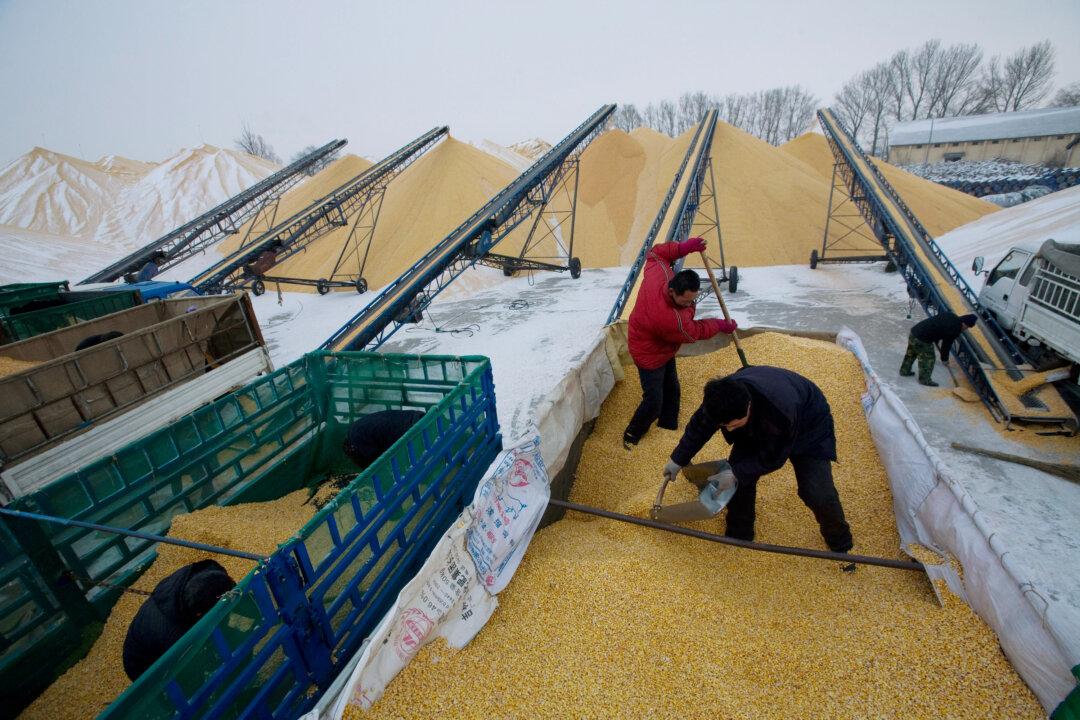Commentary
China is facing a food shortage crisis. On Sept. 7, during the CIFTIS (China International Fair for Trade in Services) annual meeting in Beijing, a forum was held to discuss hot topics, such as maintaining the country’s food supply chain.

China is facing a food shortage crisis. On Sept. 7, during the CIFTIS (China International Fair for Trade in Services) annual meeting in Beijing, a forum was held to discuss hot topics, such as maintaining the country’s food supply chain.